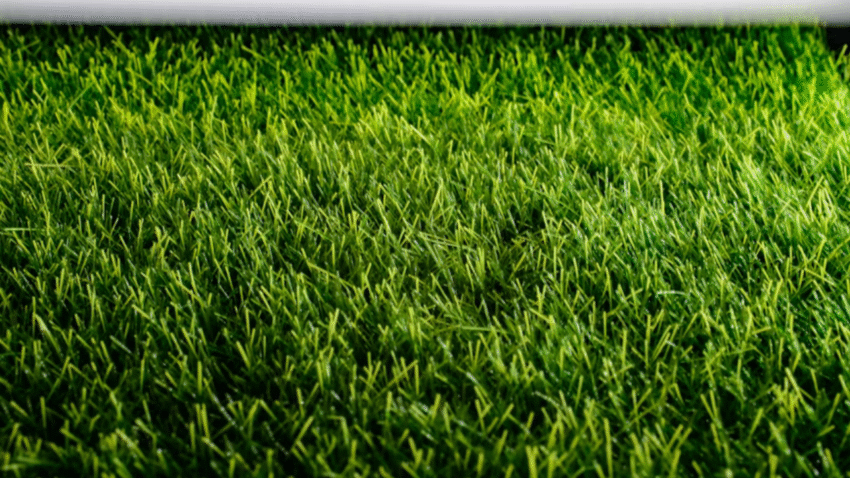Introduction
Ever finish mowing only to look around and wonder what to do with all those leftover grass clippings? Knowing how to dispose of excess grass clippings properly is a simple but important part of healthy lawn care. This guide will show you practical, eco-friendly ways to manage clippings so they don’t pile up, cause thatch buildup, or waste valuable nutrients.
Why Proper Grass Clipping Disposal Matters for a Healthy Lawn
Grass clippings are more than just yard waste — they’re packed with nutrients like nitrogen that can benefit your turf when handled the right way. Leaving clippings on the lawn can reduce your fertilizer needs, improve soil structure, and help retain moisture.
But sometimes you end up with too much — like when your grass gets too long or you mow when it’s wet. Excess piles can smother your lawn, invite pests, and contribute to thatch problems. That’s why it’s essential to know when to mulch, when to collect, and how to dispose of clippings responsibly so your lawn stays green, healthy, and sustainable.
Step-by-Step Guide to Disposing of Excess Grass Clippings
Use these easy steps to handle leftover clippings without harming your yard or local environment.
1. Mulch Whenever Possible
The best disposal method is actually no disposal at all! Modern mulching mowers cut grass into tiny pieces that fall back onto the lawn. As they decompose, they return valuable nutrients to the soil. For this to work well, mow regularly and avoid removing more than one-third of the blade height.
2. Collect Clippings When Necessary
Sometimes you have to bag clippings — like when the grass is wet, overgrown, or you see large clumps. Use a mower with a bagging attachment or rake up heavy piles. This prevents smothering healthy turf.
3. Add Clippings to Your Compost Pile
Grass clippings are an excellent “green” material for compost. Mix them with “brown” materials like dried leaves, straw, or shredded newspaper to balance nitrogen and carbon. Turn the pile regularly to prevent odor and promote even decomposition.
4. Use Clippings as Garden Mulch
Spread thin layers of dry clippings around flower beds, vegetable gardens, or trees. They act as a natural mulch, helping retain soil moisture, regulate temperature, and suppress weeds. Avoid using wet, clumpy grass as it can mat down and create a slimy mess.
5. Check Local Yard Waste Programs
Many communities offer curbside pickup or drop-off sites for yard waste. Check your city’s guidelines to see how to bag or bundle clippings for collection. Never dump grass clippings down storm drains or in natural waterways — this can harm local ecosystems.
6. Avoid Using Herbicide-Treated Clippings
If you’ve recently applied herbicides, do not compost or mulch with your clippings. Residual chemicals can harm garden plants or slow down the composting process. Follow your product’s label instructions on safe disposal.
7. Share Clippings With Neighbors or Community Gardens
Got more clippings than you can handle? Some community gardens, farms, or neighbors might welcome chemical-free clippings for composting or mulching. Just make sure they’re dry and free of weeds.
Common Mistakes to Avoid
Mistake 1: Leaving Clumps on the Lawn
Solution: Always rake up thick piles that can suffocate your turf and invite pests. Spread them thinly or compost them.
Mistake 2: Dumping Clippings Illegally
Solution: Never toss grass into storm drains, streams, or undeveloped land. This can lead to nutrient runoff and water pollution.
Mistake 3: Composting Clippings Alone
Solution: Grass clippings need carbon-rich “brown” materials to break down properly. Always balance your compost pile for faster decomposition.
Mistake 4: Using Clippings Treated With Weed Killer
Solution: If you use herbicides, bag and dispose of these clippings according to the label. Never spread them in gardens.
Mistake 5: Over-Mulching
Solution: Mulching works best with frequent mowing and small clippings. Avoid trying to mulch tall, wet grass, which just clumps up.
Extra Lawn Care Tips & Hacks
✅ Use a Mulching Blade: Upgrade your mower with a mulching blade to chop grass into finer pieces that break down faster.
✅ Create a Compost Bin: A simple compost bin helps keep clippings contained and speeds up decomposition.
✅ Time Your Mowing: Mow when grass is dry for finer clippings and fewer clumps. This makes mulching more effective.
👉 Don’t miss our guide on “How to Use Eco-Friendly Lawn Treatments” to keep your lawn green and your yard waste sustainable!
Conclusion
Grass clippings don’t have to be a nuisance — they can be a huge asset for your lawn and garden. By mulching regularly, composting responsibly, and knowing when to collect and dispose of excess clippings, you’ll keep your yard tidy and your soil healthy.
Next time you fire up the mower, you’ll know exactly what to do with that pile of fresh green cuttings — the eco-friendly way!
Bookmark this guide so you’re ready for your next mow, and share these tips with your neighbors to keep your whole neighborhood green and thriving.
